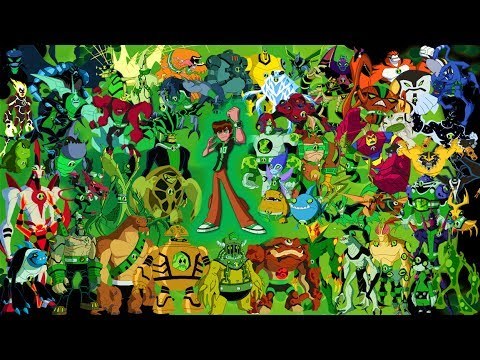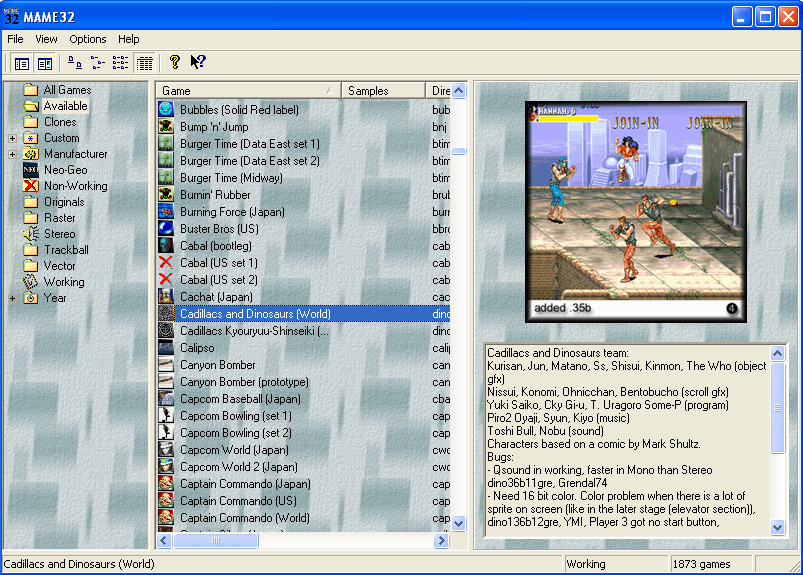


Possible legal problems that might occur if too recent, even commercialized, games are emulated. The encryption used internally by many recreational, as a means to avoid piracy. The difficulty of accessing the plates (hardware) of the original arcades, to study them and to extract the ROMs (copy of the software of the machine, which contains the game itself). Also Known as: Mame32 (Video Games), Mame32 Volume 3 RIP Mame32 Minimum System Requirements OS: Windows 98/ME/2000/XP/7 CPU: Pentium III 600 MHz Processor RAM: 256 MB Hard Drive: 700 MB Free. The development of the MAME project has been hampered in these years by different factors: This is achieved by documenting the hardware and how it functions. As electronic technology continues to rush forward, MAME prevents this important 'vintage' software from being lost and forgotten. MAME’s purpose is to preserve decades of software history. The goal of the development of MAME is to contribute to the conservation of games that, otherwise, disappear forever by disappearing the machines that contained them, contributing to preserve the history of video games. MAME is a multi-purpose emulation framework. Formerly known as Mame32, this version of Multiple Arcade Machine Emulator (MAME) comes with a Graphical User.

It based its structure on a modular architecture, in which each component of the hardware was emulated by a specific driver, in such a way that for the emulation of a machine, it is enough to give the information of what components it has, and how they relate. What is Mame32 and MameUI MameUI is a GUI-supported emulator for arcade machines. To facilitate the emulation of the recreational machines, Nicola Salmona created MAME by merging several emulators he had been working on. Prior to the creation of this emulator, the enormous diversity of the hardware of the arcade machines made the emulation of their games a very complex and untidy task.


 0 kommentar(er)
0 kommentar(er)
